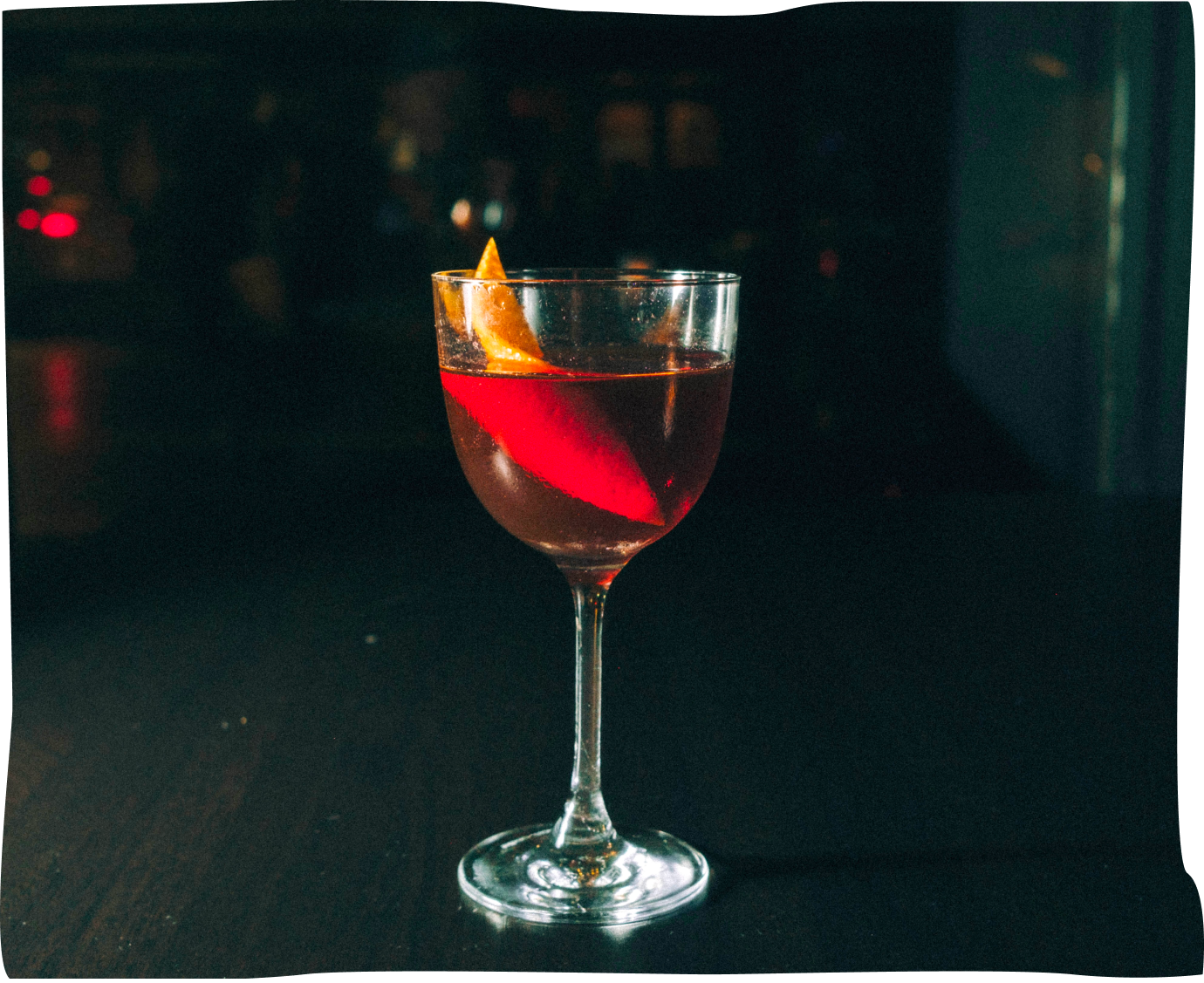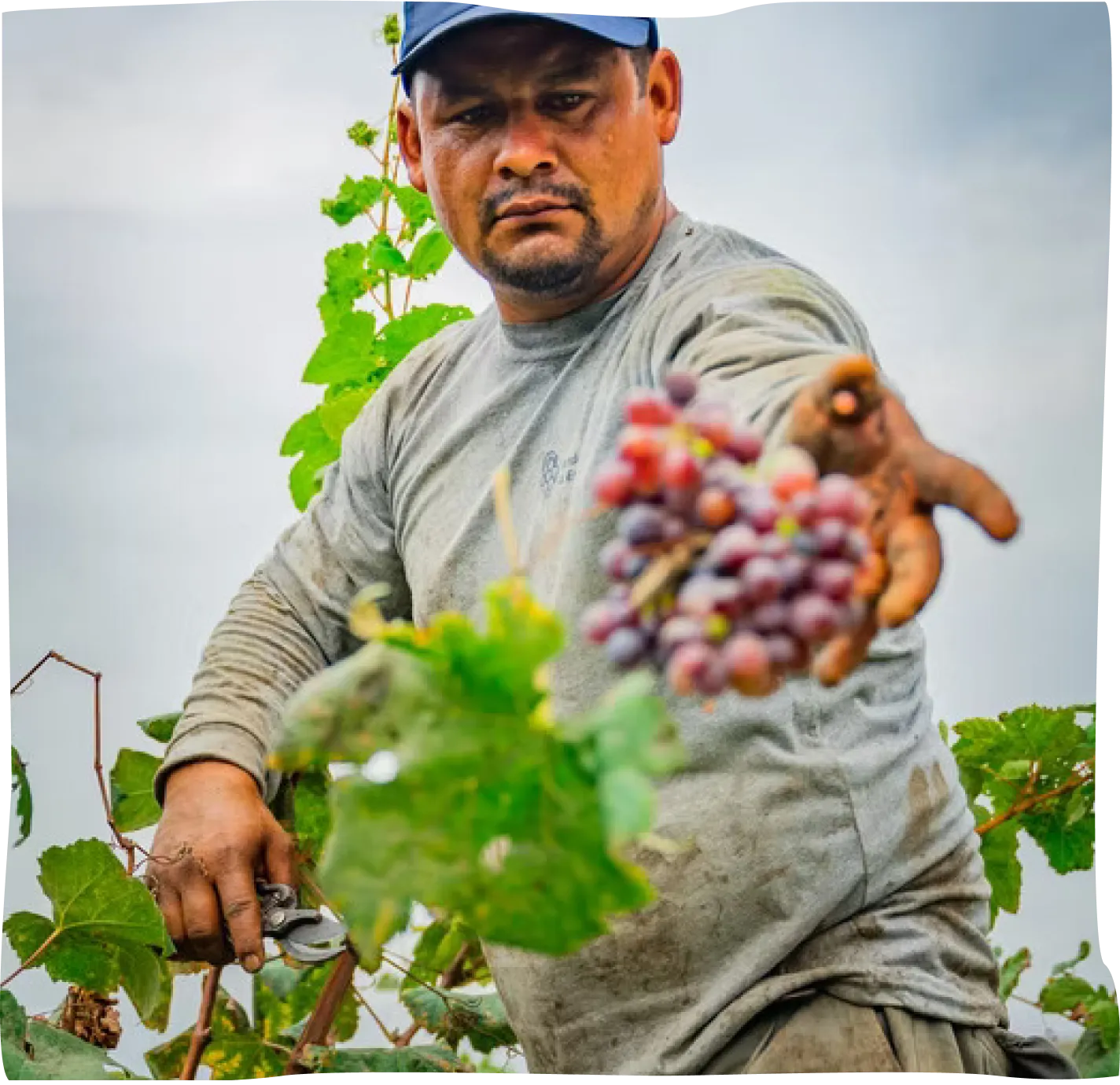.webp)
Despite frequent forecasts of pisco trending, consumer awareness of the category remains hazy. With its recent record growth, is that finally changing?
In September 2022, when the Chilean wine brand Lapostolle launched its first range of pisco, Winebow Imports jumped on the opportunity to introduce its two expressions stateside. For Diego Lo Prete, the senior vice president of marketing and global brands at Winebow, it made obvious business sense; the oft-overlooked category has recently shown record performance.
“Historically, growing from a low base at 3 to 3.5 percent annually, [U.S.] consumption jumped by a whopping 33 percent during the peak of COVID-19,” says Lo Prete. While it later slowed, it had still attained “a new plateau for pisco in the U.S.”
Lapostolle’s Pisco Blanco and Pisco XO are made using two aromatic Muscat grape varieties, pink muscat and Muscat of Alexandria, and produced in a process similar to that used for Cognac, double-distilled in a copper alembic still—which would disqualify it from being labeled pisco in Peru. The two countries both have a DO for the colorless grape distillate, but it varies significantly in production and flavor profile, which is perhaps why consumer awareness of the category remains hazy, despite years of bar industry professionals waxing lyrical about its potential.




Featured Articles

Diario Correo
Diario Correo informa sobre el éxito de SUYO Pisco en el mercado estadounidense y destaca su misión de ayudar a los pequeños productores peruanos.
.webp)
Diario El Gobierno - Revista Sociedad
«Una marca que revaloriza la tradición peruana y conquista el paladar internacional». Diario El Gobierno describe a SUYO Pisco como una marca que está conquistando corazones —y copas— en todo Estados Unidos. El artículo hace hincapié en el papel de SUYO en la revalorización de la viticultura peruana, en particular a través de su trabajo con pequeños productores y con expresiones vinícolas únicas. Con un reconocimiento cada vez mayor en el extranjero, SUYO se erige como embajador cultural de un licor que está tan arraigado en la historia como a punto de ser apreciado en todo el mundo.
.webp)
Las marcas de pisco dicen que es hora de cambiar la narrativa de nuestro destilado bandera.
BevNet destaca el papel de SUYO Pisco en la redefinición de la percepción del pisco en el mercado estadounidense de bebidas espirituosas. El artículo analiza cómo SUYO, entre otras marcas, trabaja para educar a los consumidores y promover las cualidades únicas del pisco.


.svg)